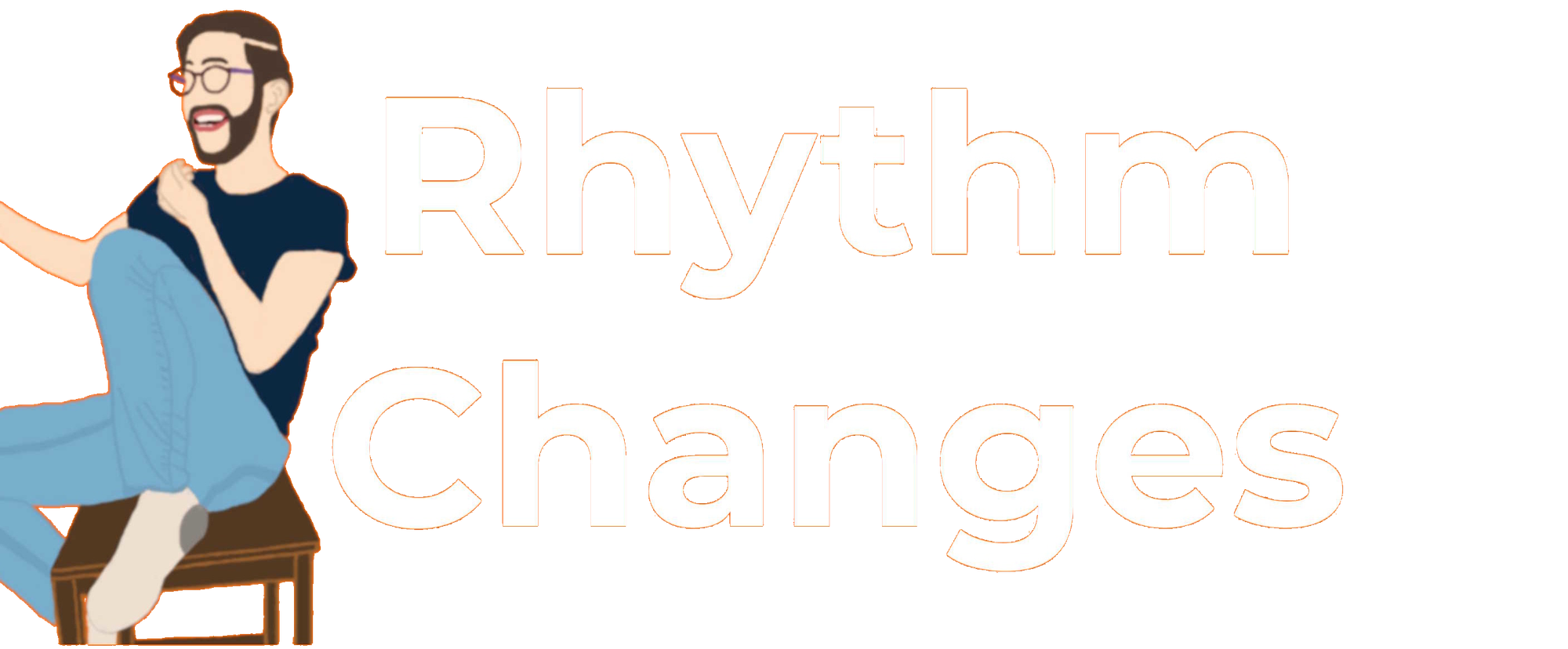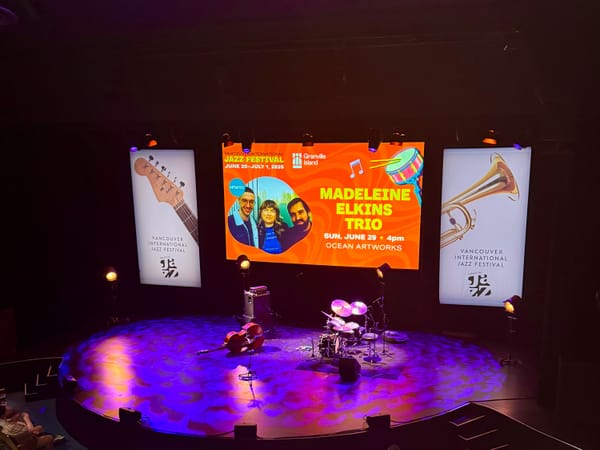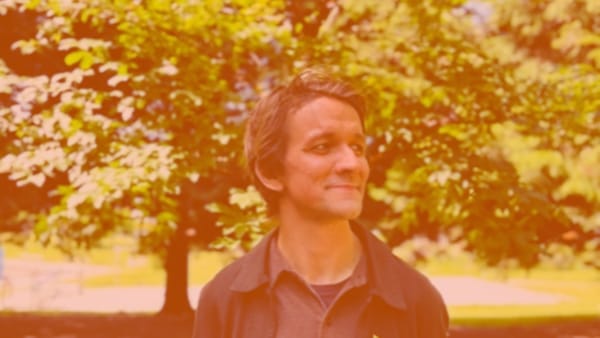The Why of this website
Hint: it's about meeting people

Update: It's fascinating that within a month of writing this Update, I got recruited for a job based in part on my work at Rhythm Changes. I didn't have any idea that would happen when writing the following.
Talking on the Strong Towns Podcast with Chuck Marohn was the widest distribution of Rhythm Changes ideas to-date, with over 6,700 listeners at the time of writing:

The reason I came on was that I previously wrote this, and Marohn wanted to discuss it.
Having faith in local music
Strong Towns is about building wealth in local communities, rethinking civil engineering to be more people-first and sustainable, and making reasonable choices in municipal politics. Marohn is a former civil engineer turned non-profit leader.
But I came on to talk music scenes, so I ended up with probably my most concise statements about having faith in local music:
"The true route to satisfaction as a fan of the arts is with the people around you, in your backyard. It can't just be about listening to global music recordings; there has to be a promise of face-to-face."
Later, I said:
"the music scene can and should be a place to grow wealth. The idea that the music scene is another type of small community that deserves to [...] find its own way, and to not have an outside force with a capital allocation mindset pumping wealth through it, is important to me."
Do you agree?
Well, if yes, what should be done to grow wealth in local music?
The magic Stage 2
One of the big points in my initial article was that, in the small-scale Canadian arts world at least, there are three stages of music businesses:
- Under $100,000 in revenue (individual independent artists, new projects)
- Between $100k and $1 million (a wide range of the smallest viable enterprises/servicepeople and professional artists)
- Over $1 million (established businesses)
I know these aren't big numbers in the grand scheme of things. But here's what I said about Stage 3:
"The [Canadian] music industry has been institutionalized in a way, with a lot of government support and recurring public funding. If you have over $1 million in revenue, you're going to become a part of that institution pretty fast.
"But in that $100,000 to a million [Stage 2], it's very turbulent, and there's not a lot of obvious routes you can follow about how that should be navigated."
That's a shame, because Stage 2 is where the magic happens. It's where you can dodge the old industry model that I alluded to, where they pump money through the city and it disappears:
"The music industry model is all about what you [speaking directly to Marohn] call the capital flow, as opposed to the stock: it's all about pumping money through the system - who knows where it ends up.
That investment doesn't translate to anything long-term [for your local scene] when you play at the professional music industry level [Stage 3]. But you can play at a different level now, and it's this Stage 2.
It's about working at low-cost and self-funding ("bootstrapping") to profitability. And here's the key line about the Why of this website:
"When I see somebody doing [work at Stage 2], I'm very curious about how it's done. It's a new thing, and it's what I'm obsessed with.
"I'm trying to find all the people in Canada in the creative music world who do this, and honestly, one of the things about Rhythm Changes is that it's my ticket to meeting these people. I just approach them with full curiosity. I really respect what they do. I want to know how they think they can onboard more artists in their cities from stage 1 to stage 2 [...] I don't know how that's done, but that's the thing I'm most curious about."
At some point, the rubber hits the road, and growing wealth in local music literally means increasing Stage 2 activity relative to Stage 1.
19-year-old me would've said, "Alright, I'm gonna do that. I will create lots of businesses that thrive in that small-but-successful zone. My effort will make this scene wealthier than ever."
Now I know that's a bit too much hubris and pressure! First, getting to know the people who are already trying is a good move.
That's the real Why of Rhythm Changes. I'm glad it's not something tied directly to figures on a screen about subscriber growth, views, visitors, or any of that. It's about our strong town.





